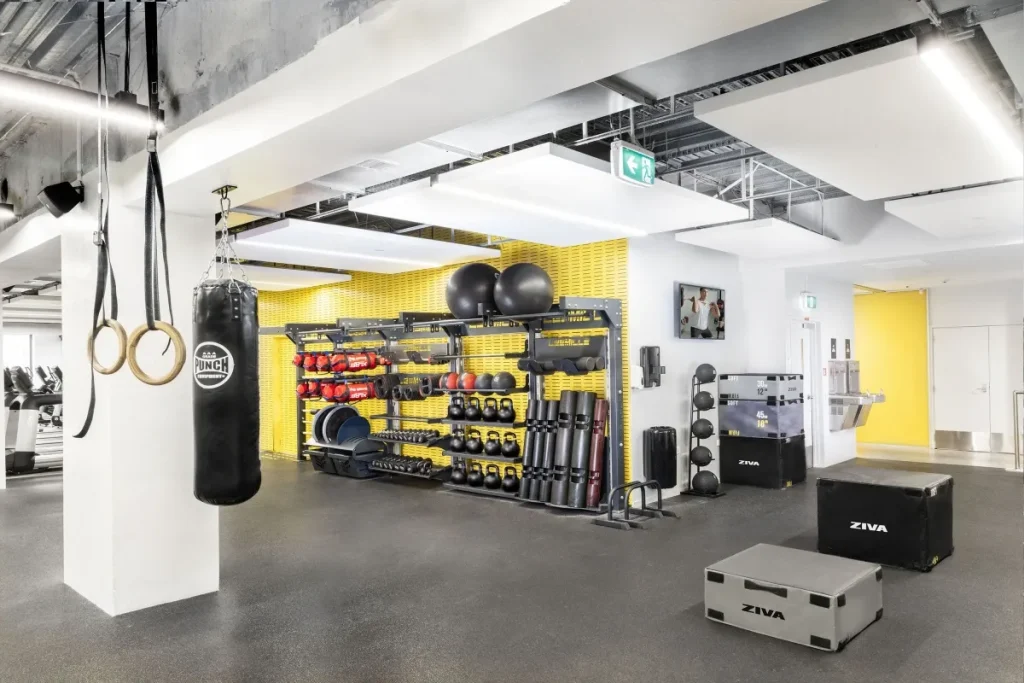Many people focus on training the muscles they can see in the mirror, like the chest, arms, and abs. But neglecting your back can lead to imbalances, poor posture, and even pain. Strengthening your back muscles is crucial for overall health, functional movement, and a well-rounded physique.
Let’s dive into why back exercise matters and how you can effectively incorporate it into your fitness routine.

What is Back Exercise?
Simply put, back exercise refers to physical movements and resistance training specifically designed to target and strengthen the muscles located on the back of your torso. Your back is made up of many different muscles, working together to support your spine, control movement, and maintain posture.
Some of the main muscle groups you target with back exercises include:
- Latissimus Dorsi (Lats): The large muscles on the sides of your upper and mid-back that give the back width.
- Trapezius (Traps): Muscles that run from your neck across your upper back and down to your mid-back, involved in shrugging, pulling, and rotating your shoulder blades.
- Rhomboids: Located between your shoulder blades, these muscles help pull your shoulders back.
- Erector Spinae: A group of muscles that run along your spine, responsible for extending and stabilizing the spine.
Effective back exercises work these different muscle groups to build strength, endurance, and size.
Why is Back Exercise So Important?
Training your back is about much more than just building an aesthetically pleasing physique. A strong back is fundamental to many aspects of your health and daily life.
Here’s why strengthening your back is so important:
- Combating Back Pain: This is perhaps one of the most significant reasons. Weak back muscles are a major contributor to back pain, especially lower back pain. According to the World Health Organization (WHO), low back pain is the single leading cause of disability globally. Regularly performing back exercises can help support your spine, improve stability, and significantly reduce the risk and severity of lower back pain.
- Improving Posture: Strong back muscles, particularly the rhomboids and traps, help pull your shoulders back and maintain proper spinal alignment. This counteracts the effects of sitting for long periods or activities that cause slouching, leading to better posture and reducing strain on your neck and shoulders.
- Enhancing Athletic Performance: A strong back is crucial for generating power in many movements across various sports and activities, including throwing, pulling, lifting, and even running. It’s a key component of your core strength, which is the foundation for all movement.
- Preventing Injuries: A strong and balanced back helps protect your spine and reduces the risk of injuries during lifting, bending, or twisting movements, both in the gym and in everyday life.
- Balancing Your Physique: Focusing only on the “mirror muscles” can lead to muscle imbalances, which not only look disproportionate but can also increase injury risk. Training your back balances the strength and development of your front and back muscles.
Investing time in back exercises is an investment in your long-term health and functional capacity.
The Best Way to Exercise Your Back
The “best” way to exercise your back involves a combination of factors:
- Variety: Target all the different muscle groups of the back. Include exercises that involve both vertical pulling (like pull-ups) and horizontal pulling (like rows). Also, include exercises that work the lower back.
- Proper Form: This is paramount for safety and effectiveness. Focus on controlled movements and feeling the target muscles work, rather than just moving the weight.
- Progressive Overload: To keep getting stronger, you need to gradually increase the challenge over time. This could mean lifting more weight, doing more repetitions, doing more sets, or reducing rest times.
- Consistency: Regular back exercises are key to building and maintaining strength and muscle. Aim to train your back muscles as part of your regular workout routine.
- Warm-up and Cool-down: Always start with a proper warm-up to prepare your muscles for exercise and finish with a cool-down and stretching to aid recovery.
Examples of Effective Back Exercises:
- Pull-ups/Lat Pulldowns: Excellent for targeting the lats and upper back (vertical pull). Lat pulldowns are a great alternative if you can’t do pull-ups yet.
- Bent-Over Rows (Barbell or Dumbbell): A fundamental horizontal pulling exercise that works the lats, rhomboids, and traps.
- Seated Cable Rows: Another great horizontal pulling exercise for the lats and mid-back, often allowing for a controlled squeeze of the shoulder blades.
- Deadlifts: While a full-body exercise, deadlifts are incredibly effective for building strength in the entire posterior chain, including the lower back muscles and traps. Proper form is absolutely critical for deadlifts.
- Back Extensions (Hyperextensions): Primarily targets the erector spinae muscles of the lower back.
- Face Pulls: Great for targeting the upper back and rear deltoids, helping with posture and shoulder health.
- Single-Arm Dumbbell Rows: Allows for focusing on each side of the back individually and can help address imbalances.
Include a mix of these and other back exercises in your routine to ensure comprehensive development.
What Should You Pay Attention to When Doing Back Exercise?
Focusing on form and technique is crucial to get the most out of your back exercises and prevent injury.
Here are key things to pay attention to:
- Maintain a Neutral Spine: Avoid rounding or hyperextending your lower back, especially during exercises like deadlifts and rows. Keep your back straight and engaged.
- Engage Your Back Muscles: Focus on pulling with your back muscles, not just your arms or momentum. Think about squeezing your shoulder blades together during pulling movements.
- Controlled Movements: Avoid swinging weights or using momentum. Lift and lower the weight with control, feeling the muscles work through the full range of motion.
- Don’t Ego Lift: Using weight that is too heavy will compromise your form and increase your risk of injury. Start with lighter weights to master the technique before gradually increasing the load.
- Proper Breathing: Exhale during the effort part of the exercise (when you’re pulling or lifting) and inhale during the eccentric or lowering phase.
- Listen to Your Body: If you feel sharp pain, stop the exercise. Muscle soreness is normal, but pain is a warning sign.
Consider watching instructional videos or working with a qualified fitness professional to ensure you are using proper form for each exercise.
Which Fitness Equipment is Suitable for Back Exercise?
A variety of fitness equipment can be used to effectively train your back muscles. The equipment you use will often depend on the specific exercise and your access to a gym.
Common gym equipment for back exercises includes:
- Barbells: Used for exercises like deadlifts, bent-over rows, and Pendlay rows.
- Dumbbells: Versatile for bent-over rows, single-arm rows, and various other movements.
- Kettlebells: Can be used for swings (engaging the posterior chain) and rows.
- Pull-up Bars: Often found on power racks, squat racks, or dedicated rigs. Essential for pull-ups and chin-ups.
- Rowing Machines: Provide a great full-body cardio workout that also strongly engages the back muscles with each pull.
- Lat Pulldown Machines: A machine-based alternative to pull-ups, allowing for controlled vertical pulling.
- Cable Machines: Highly versatile for seated cable rows, face pulls, straight-arm pulldowns, and other isolation exercises.
- Back Extension Benches (Roman Chairs): Used for back extensions to target the lower back muscles.
- Resistance Bands: Portable and versatile for various pulling and rowing exercises, good for warm-ups or when traveling.

Having access to a range of gym equipment for back training allows for more variety in your workouts, helping you target different muscles and continue to progress.
Understanding what back exercise is and why it is so important is the first step towards building a stronger, healthier back. Regular back exercises are crucial for preventing pain, improving posture, enhancing performance, and building a balanced physique. By focusing on proper form, using appropriate CrossFit equipment or other gym equipment for back exercises, and listening to your body, you can safely and effectively strengthen your back and unlock its full potential. Don’t overlook this vital muscle group – make back exercises a priority in your fitness routine.
